3 Proven Ways to Avoid Bug Bites in the Outdoors
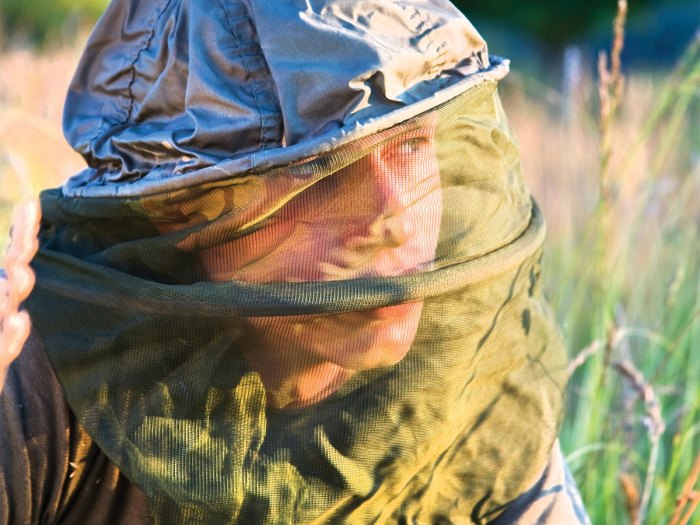
Nobody likes bug bites. And some insects can spread serious diseases, such as Lyme disease, West Nile virus and dengue fever.
You can avoid biting insects using this three-part strategy.
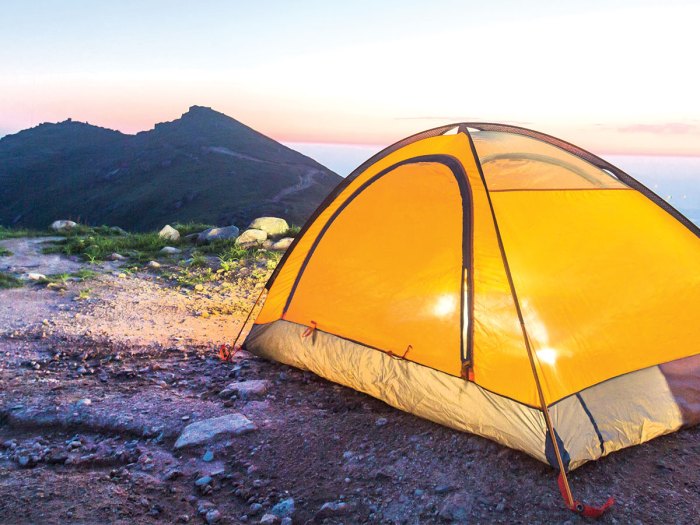
1. DON’T GO WHERE BUGS ARE.
Mosquitoes, ticks, no-see-ums, horseflies and the like generally emerge with warmer temperatures in spring. They thrive in wet places, especially around lakes and in forests. They persist into mid- or late summer or fall, depending on climate, disappearing once nights dip to freezing temperatures.
• Think high and dry. Take trips to drier destinations at higher elevations. Insects often breed in boggy areas with tall grass and standing water.
• Welcome the wind. Seek campsites that are exposed to wind, because blustery conditions might keep bugs down.
• You’ve probably seen swarms buzzing around lights at night. If you’re car camping, set up camp away from artificial lighting.
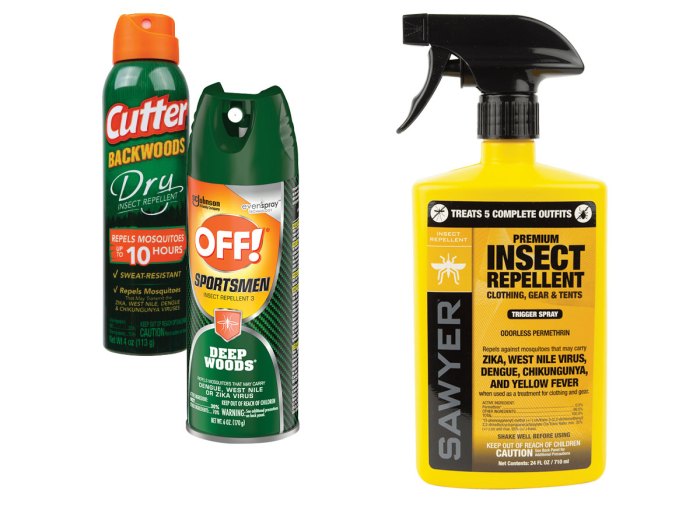
2. USE AN EFFECTIVE REPELLENT.
Insect repellents containing DEET or picaridin can effectively fend off biting insects. The BSA recommends DEET register at a 20%-30% concentration and picaridin at a 20% concentration. Some repellents to consider are Cutter Backwoods Dry Insect Repellent (4 oz., $5, cutterinsectrepellents.com) and Off! Sportsmen Deep Woods (8 oz., $6, off.com).
Repellents containing DEET can be sprayed directly onto clothing; it will not damage cotton, wool or nylon, but avoid using it on synthetics other than nylon. Repellents containing picaridin can also be sprayed directly onto clothing and will not damage fabrics.
Sprayed on clothing, sleeping bags and other gear, Sawyer Permethrin Premium Insect Repellent for Clothing, Gear and Tents (12 oz., $13, sawyer.com) repels insects for six weeks or six washes.
Don’t spray permethrin directly on your skin. Also, when you use sunscreen and a bug repellent, use separate products, not a 2-in-1 solution. Apply the sunscreen first and let it dry, then apply the bug repellent.
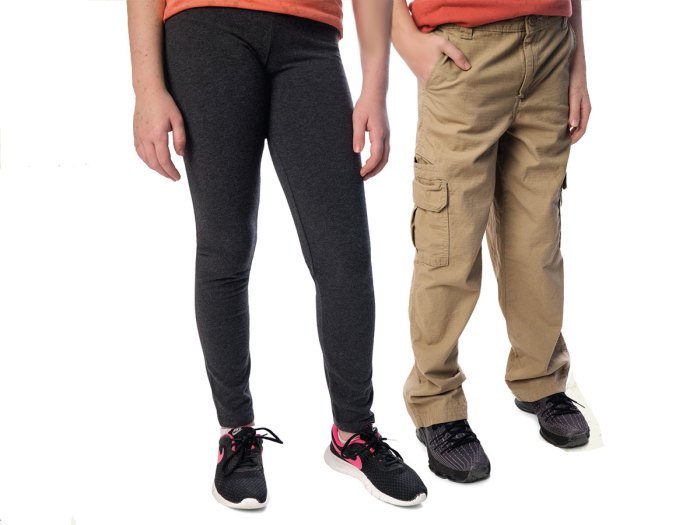
3. COVER UP.
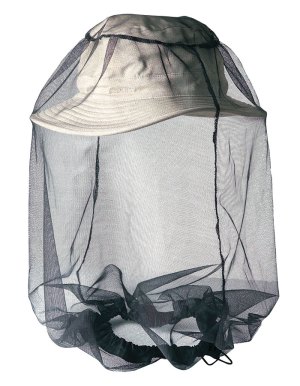 When insects are unavoidable, clothing provides great protection.
When insects are unavoidable, clothing provides great protection.
• Wear long pants and a long-sleeved shirt to protect your arms and legs. A wide-brimmed hat with a neck flap or a neckerchief tucked under your hat can cover your neck and ears.
• Wear clothing treated with the insect repellent permethrin, like the Insect Shield Youth UPF Dri-Balance Long Sleeve T-Shirt ($24, insectshield.com) and Insect Shield Girls’ Zip Hoodie ($26, insectshield.com), Insect Shield Boys’ Performance Ripstop Pant ($29, insectshield.com) and Insect Shield Girls’ Protection Legging ($18, insectshield.com).
• Consider wearing a head net like the Sea to Summit Mosquito Head Net ($11-$13, seatosummitusa.com).
• In tick habitats (forests, tall grass and meadows), tuck your pants into your socks and frequently check yourself for ticks. If you wear light-colored clothing, it’ll be easier to see and remove ticks before they’ve embedded into your skin.
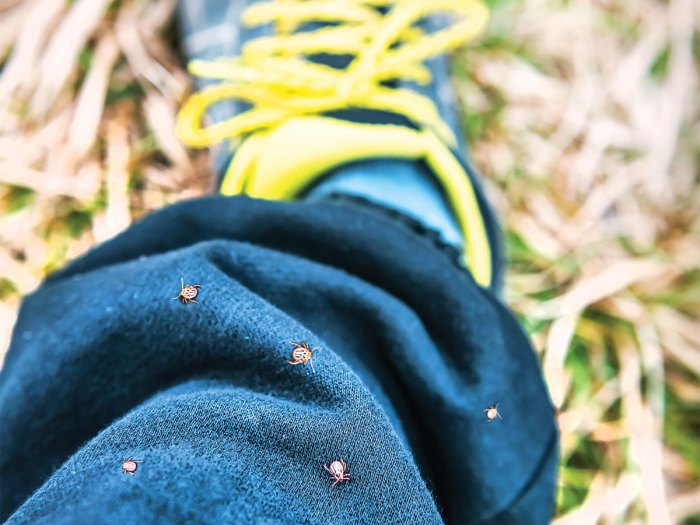
Good advice. Thanks for sharing…
Wrap some duct tape round the top of your thighs sticky side out. Ticks will crawl up and get stuck!
There are many countries, and some states, where deet is illegal – and for good reason.
Cool beans,dude!